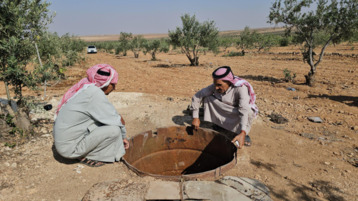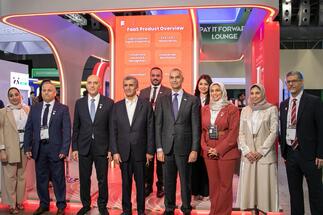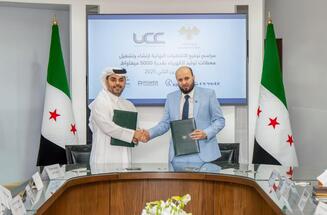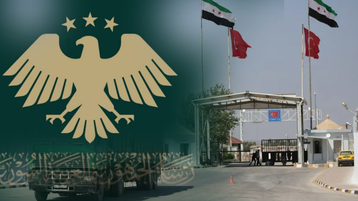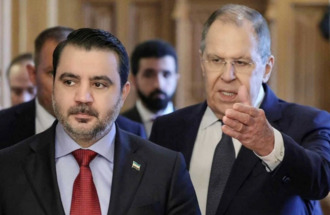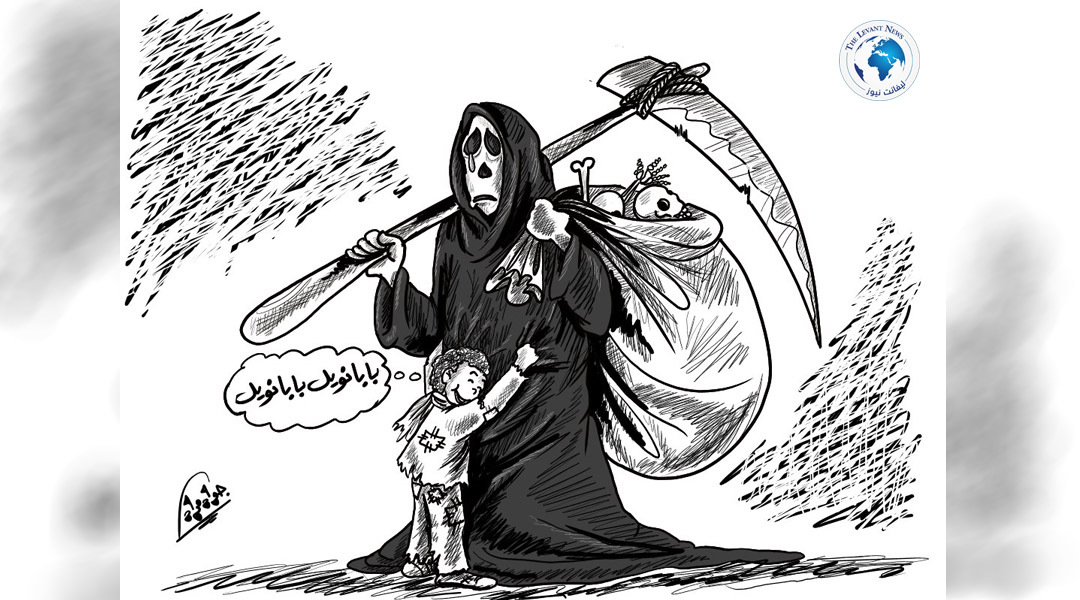-
Persistence of the Turkish Lira in Northwestern Syria: Causes, Implications, and Future Outlook
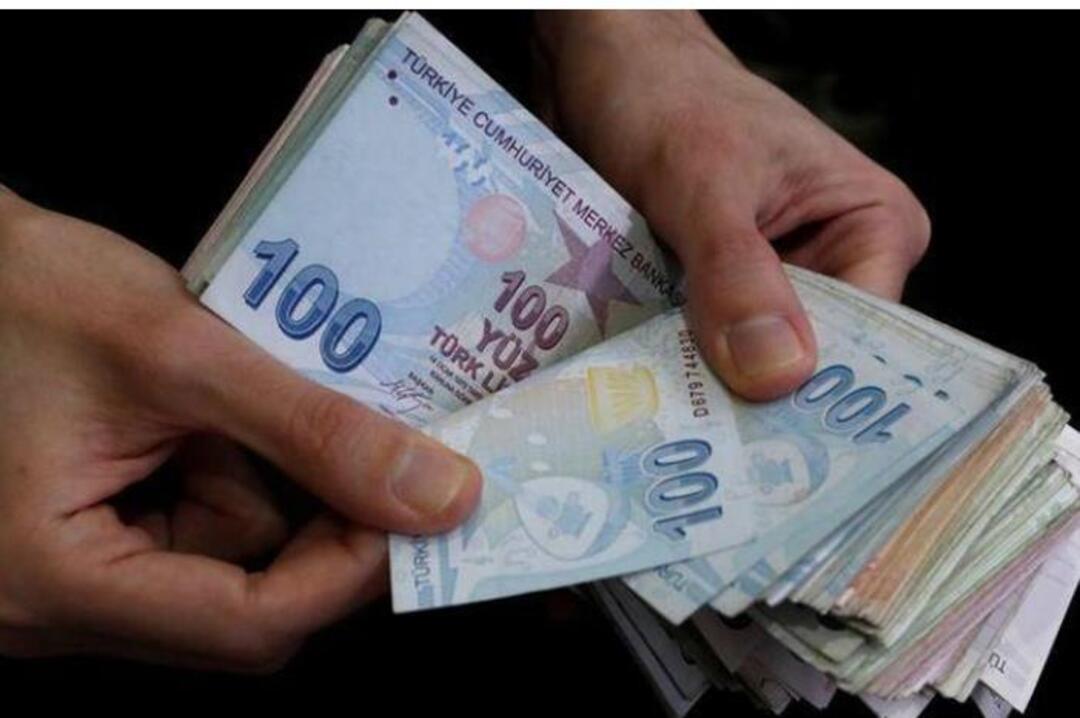
Despite months passing since the fall of the ousted regime and the liberation of the country from its grip, the Turkish lira remains the primary currency used in northwestern Syria, particularly in Idlib and rural Aleppo. This ongoing phenomenon raises numerous questions about its underlying causes, the potential consequences, and whether this trend might change in the future, especially amidst recent political and administrative transformations within the country.
Historical Context and the Shift to the Turkish Lira
In the summer of 2020, faced with a rapid collapse of the Syrian pound’s value and soaring dollar prices, the northern Syrian regions decided to adopt the Turkish lira for daily transactions. The goal was to shield residents from the volatility of the local currency and to ensure a degree of price stability, especially given the absence of official Syrian financial institutions.
Current Trends: Returning to the Syrian Pound?
In this context, Dr. Osama Qadi, Chief Economic Adviser at the Ministry of Economy and Industry, told SyriaTV that "people tend to rely on the most stable currency. In areas under Turkish influence, the Syrian pound was unstable, whereas the Turkish lira was more stable, prompting residents to adopt it as a trading currency."
He explained that he previously advised setting three different prices for goods—denominated in the Syrian pound, the dollar, and the Turkish lira—to allow consumers to choose the most suitable currency. However, the majority preferred the Turkish lira. The influx of the Turkish lira into these regions, which constitute about 11% of Syria’s territory, included salary payments for employees, doctors, teachers, and local councils associated with the then Interim Government.
Impact and Limitations of the Turkish Lira Usage
Qadi noted that the reliance on the Turkish lira helped achieve a certain level of monetary and economic stability among residents. Nonetheless, he pointed out that the population is now vulnerable to inflationary impacts stemming from Turkey’s economy, since their economic ties are directly linked to the Turkish currency.
The purchasing power varies across income levels, but international aid and humanitarian activities, along with salaries paid in Turkish lira, slightly alleviated the situation. Despite this, the standard of living was acceptable yet not optimal, and there is a clear inclination toward exclusively using the Turkish lira.
He added, "Currently, the trend is towards using the Syrian pound more—although some still use the dollar—because the Turkish government no longer compels paying salaries in Turkish lira, except for some old contracts. Throughout Syria, transactions are primarily conducted in the Syrian pound, regardless of what currency the individual prefers, provided the seller accepts it. As the Syrian pound stabilizes, people's preference for using it will increase."
Partial Dollarization and Future Prospects
Regarding the state's stance on non-Syrian currency usage, Qadi said, "I don’t think the government will push people to use other currencies. However, currency stability and availability drive some to transact in foreign currencies, mainly the dollar, creating a form of partial dollarization." He added that some government decisions, like customs fees, are still set and paid in dollars, especially after the repeal of decree No. 3 of 2020, which prohibited transactions in anything other than the Syrian pound.
He emphasized the need for a unified national currency. The new Syrian currency, he explained, would be linked to a basket of stable currencies, such as the dollar, euro, and British pound, ensuring greater stability and credibility, while allowing individuals to use other currencies without sanctions. Ultimately, the national currency should be the foundational monetary unit, pricing everything accordingly to strengthen the local economy.
Divergent Views: The Role of Habit and Economic Reality
Said Al-Rahbi, a financial markets advisor, offered a different perspective in an interview with He stated that "the continued use of the Turkish lira is not mainly due to economic or political reasons but is rooted in habits established since the start of the revolution, alongside the use of the dollar."
Al-Rahbi explained that residents are accustomed to the Turkish lira and foreign currencies in general, which accounts for their ongoing preference. He predicts that printing the new Syrian currency will gradually reduce the use of the Turkish lira, as curiosity and familiarity with the new currency will encourage its adoption over time.
He also suggested that the large amount of Turkish lira circulating in the regions before the regime's fall, about three to four years ago, still remains in circulation. Eliminating this surplus will not happen quickly, and its continued presence is a significant factor.
Finally, Al-Rahbi concluded that this situation is not primarily driven by economic alliances with Turkey. The return to using the Syrian pound is likely to occur naturally once the new currency is printed and stabilized, signifying a move towards economic independence and sovereignty.
syria.tv
Tags
You May Also Like
Popular Posts
Caricature
opinion
Report
ads
Newsletter
Subscribe to our mailing list to get the new updates!


